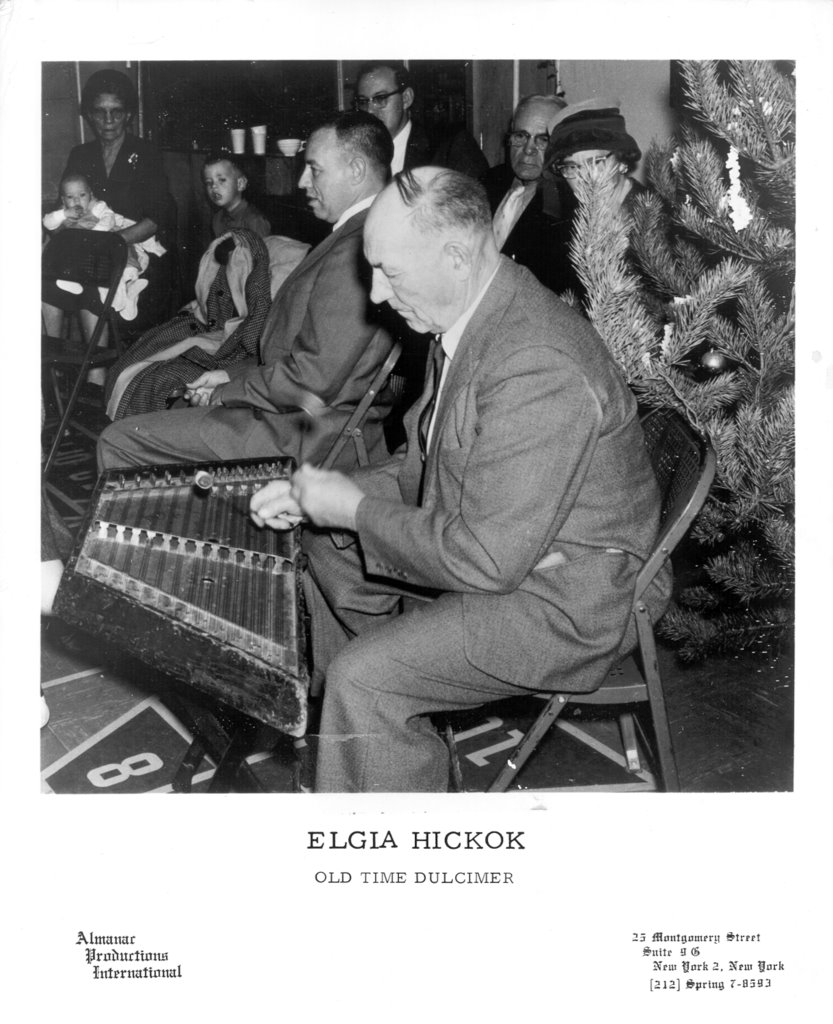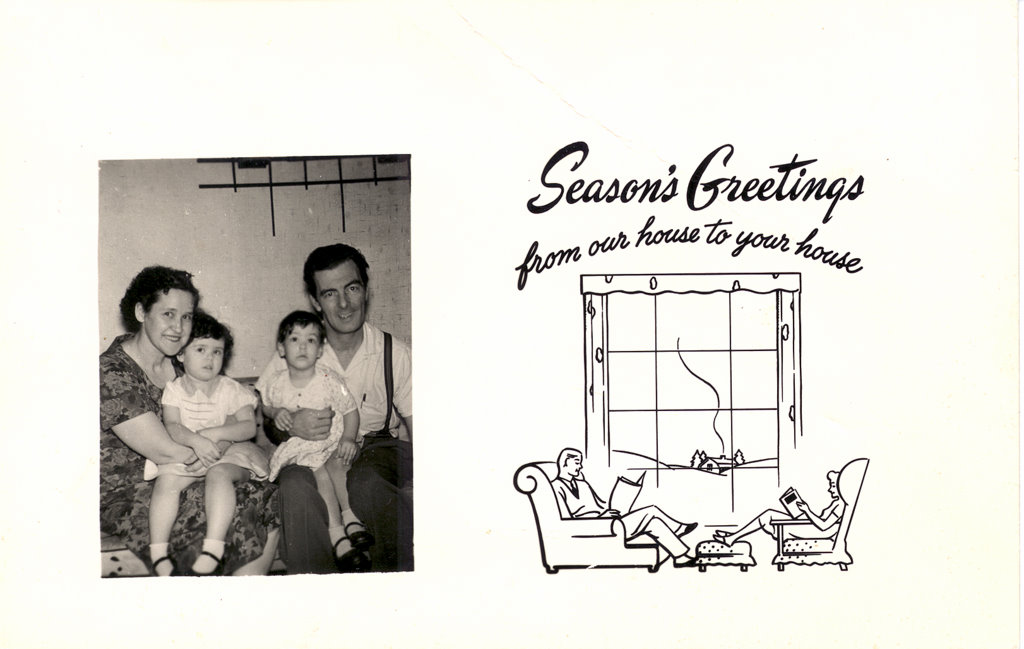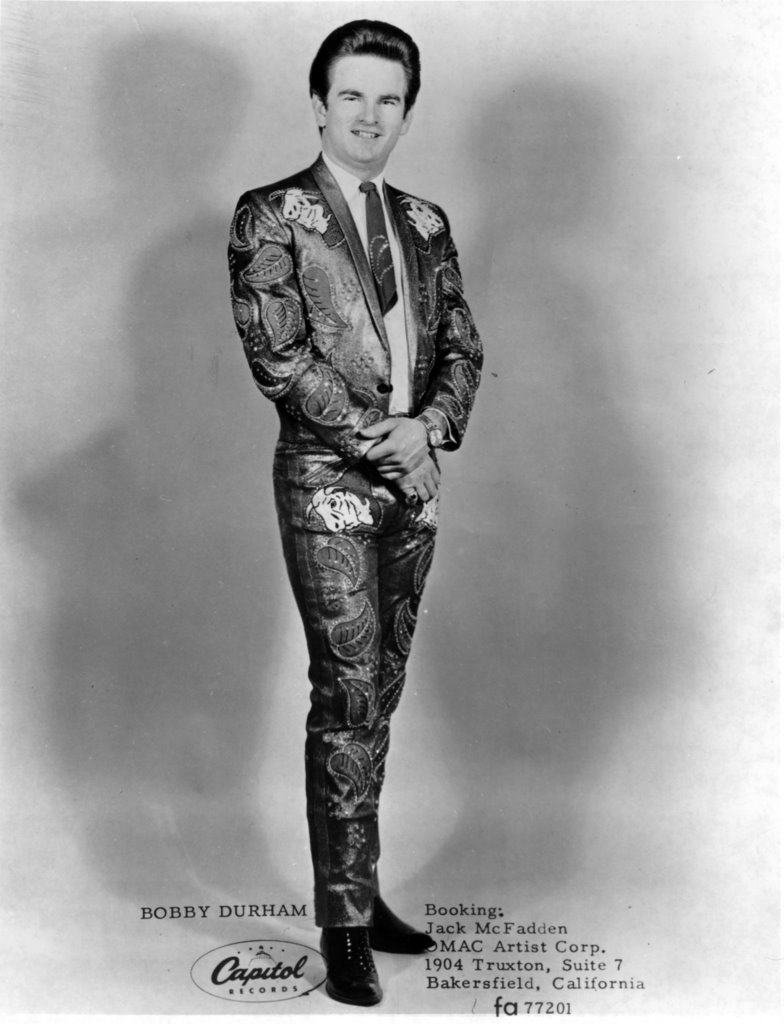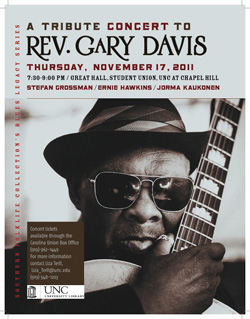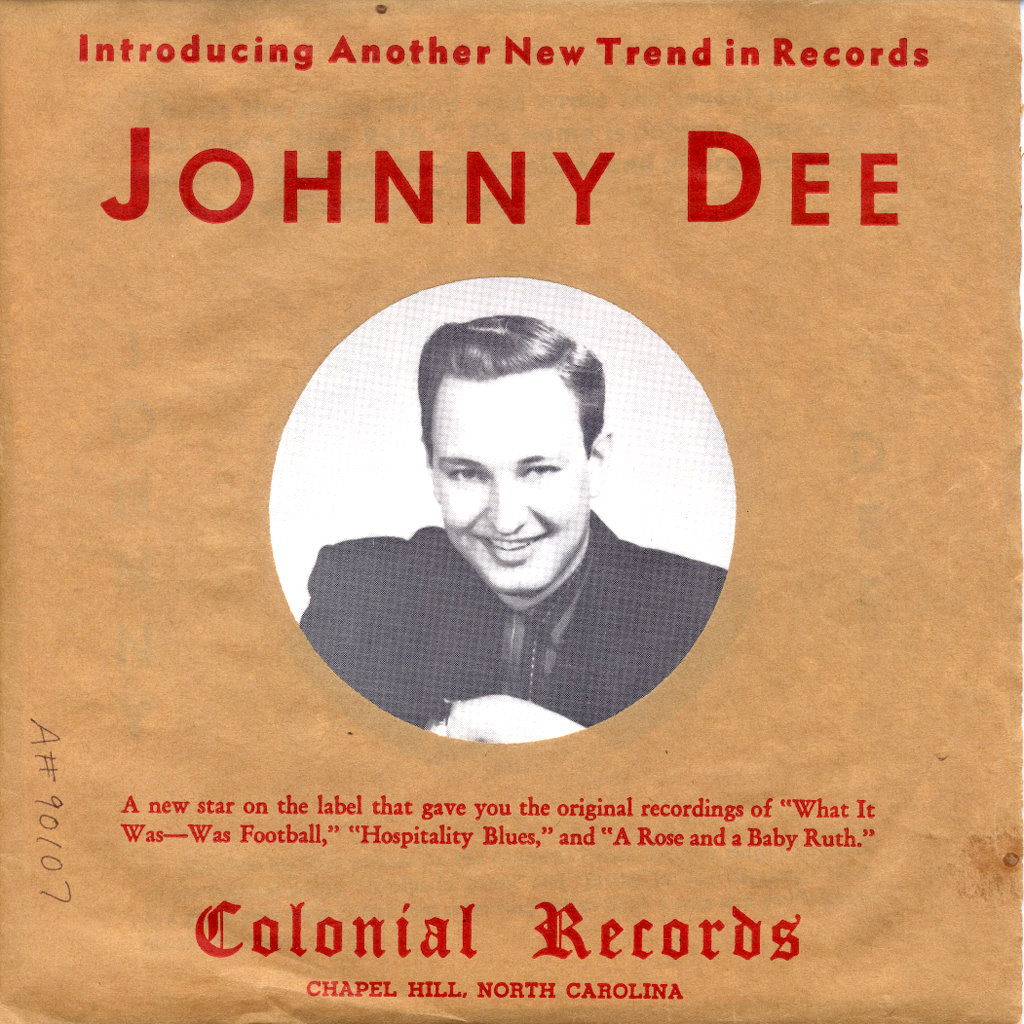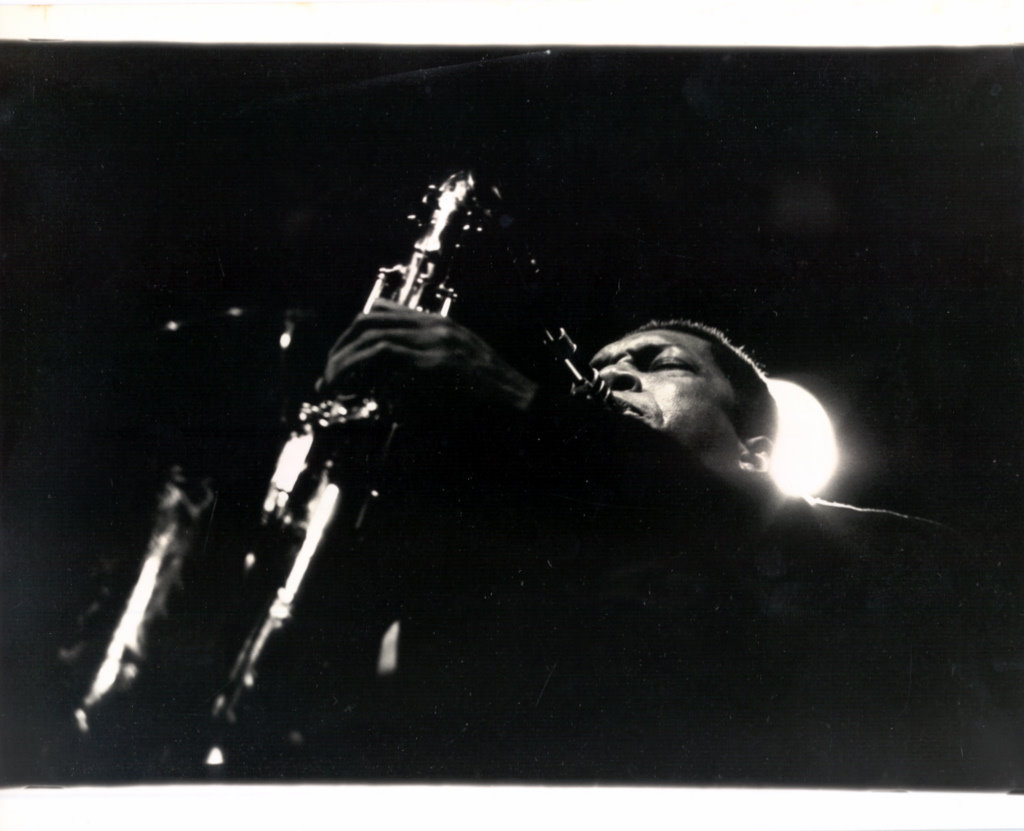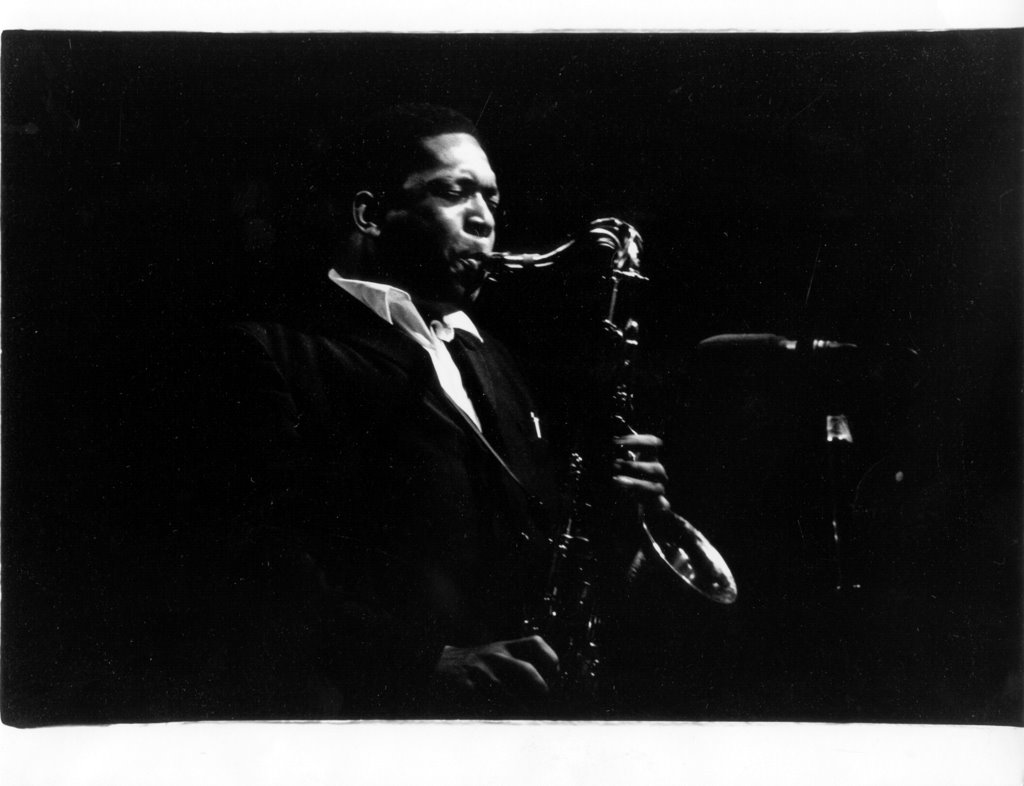78_18471_Dixie Playboy’s Swing_Glenn Thompson and his Dixie Playboys
78_18471_Dixie Playboy’s Swing_Glenn Thompson and his Dixie PlayboysThe Southern Folklife Collection is looking forward to 2012. We’ve got a number of exciting programs, including tributes to Son House (the third in our Blues Tribute Series) and Mike Seeger, and projects coming up and we can’t wait to share more with you dear readers. While working through the ongoing Wilson Special Collections Library sprinkler construction project, we’ve been digitizing some more of the Southern Folklife Collection photographs, including those from the Glenn Thompson Collection (#20341).
During the 1940s and 1950s, country music singer and guitarist Glenn Thompson was a popular bandleader, radio personality, and recording artist, performing first with the Burlington, N.C.,-based Blue Ridge Entertainers and subsequently with his own Dixie Playboys. Thompson continued to perform regularly and released several recordings as both soloist and bandleader until his retirement in 1985.
 78_18472_Double Stone_Glenn Thompson and his Dixie Playboys78_18472_Double Stone_Glenn Thompson and his Dixie PlayboysThe collection includes photographs and sound recordings documenting Thompson’s musical career. Photographs feature Thompson, his bandmates, and associates during the 1940s and 1950s, and include several promotional shots of Thompson (top), the Blue Ridge Entertainers, and the Dixie Playboys. Photographs also document Thompson’s involvement with Danville, Va., radio station WDVA and his performance at a number of venues, including the WDVA Barn Dance, the Carolina Theatre , Burlington (above), a voting rally, a WTOB (Winston-Salem) television show (below), and several radio stations.
78_18472_Double Stone_Glenn Thompson and his Dixie Playboys78_18472_Double Stone_Glenn Thompson and his Dixie PlayboysThe collection includes photographs and sound recordings documenting Thompson’s musical career. Photographs feature Thompson, his bandmates, and associates during the 1940s and 1950s, and include several promotional shots of Thompson (top), the Blue Ridge Entertainers, and the Dixie Playboys. Photographs also document Thompson’s involvement with Danville, Va., radio station WDVA and his performance at a number of venues, including the WDVA Barn Dance, the Carolina Theatre , Burlington (above), a voting rally, a WTOB (Winston-Salem) television show (below), and several radio stations.
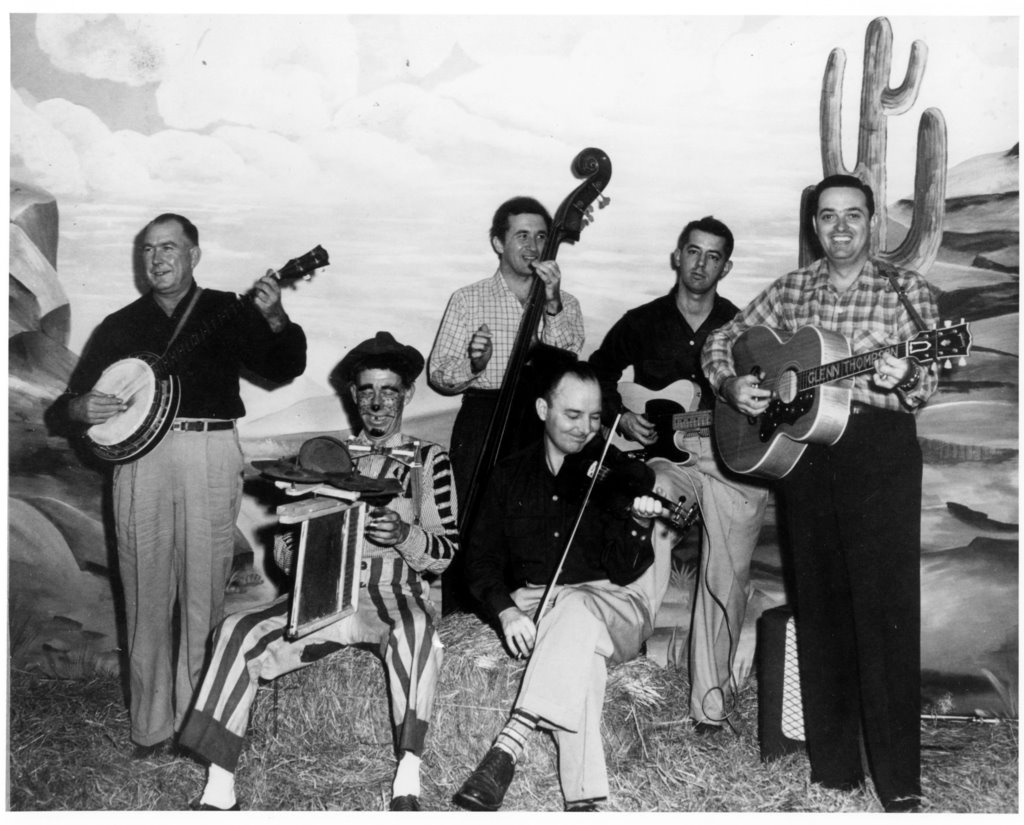
Also included are photographs of comedians who performed in Thompson’s stage show, most commonly long-time bandmate Sleepy Johnson and WDVA personality Homer T (Thomasson). Other performers include Charlie Monroe; armless musician Ray R. Meyers; and the Louvin Brothers. Sound recordings include CD copies of commercial 78 rpm records (including those featured in this post) and LP records; original 45 rpm records; and cassettes and compact discs issued privately by Thompson or by the Greensboro-based Skatter label. A taped interview (call nos. FS-6086 and FS-6087), in which Thompson comments on the collection’s photographs, provides anecdotes about Buck Owens, Bill Monroe and Charlie Monroe, Lester Flatt and Earl Scruggs, the Louvins, Ray Meyers, Thompson’s bandmates, and Thompson’s musical experiences in Danville and Burlington.
78_18467_All Alone, I’ve Been Waiting for You_Glenn Thompson and his Dixie Playboys78_18467_All Alone, I’ve Been Waiting for You_Glenn Thompson and his Dixie Playboys



